Cherry tomato Profile
Written by Joy
Nov 04 2020
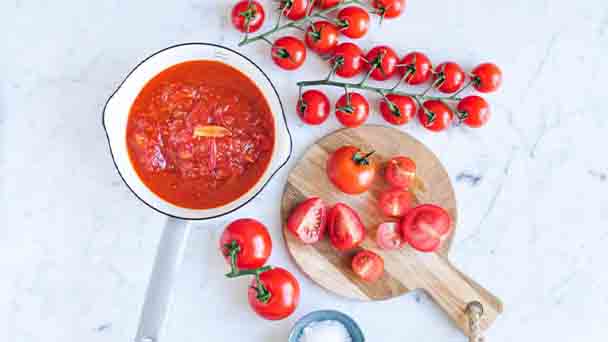
Cherry tomatoes, also known as small tomatoes, can be used as both vegetables and fruits. The vitamin content is 1.7 times that of ordinary tomatoes. The virgin fruit is an annual herb of the tomato genus of the Solanaceae family. It has strong adaptability and good resistance. It likes potassium fertilizer and light. It requires more water. The relative humidity of the air is 45%-50%. Cherry tomatoes are popular among consumers because of their exquisite and lovely appearance, high sugar content, sweet and delicious taste, and unique flavor.
Cherry tomato morphological characteristicsCherry tomato efficacy and roleCherry tomato cultivationNurseryFertilizeColonizationPruningPlucking leavesTemperature control
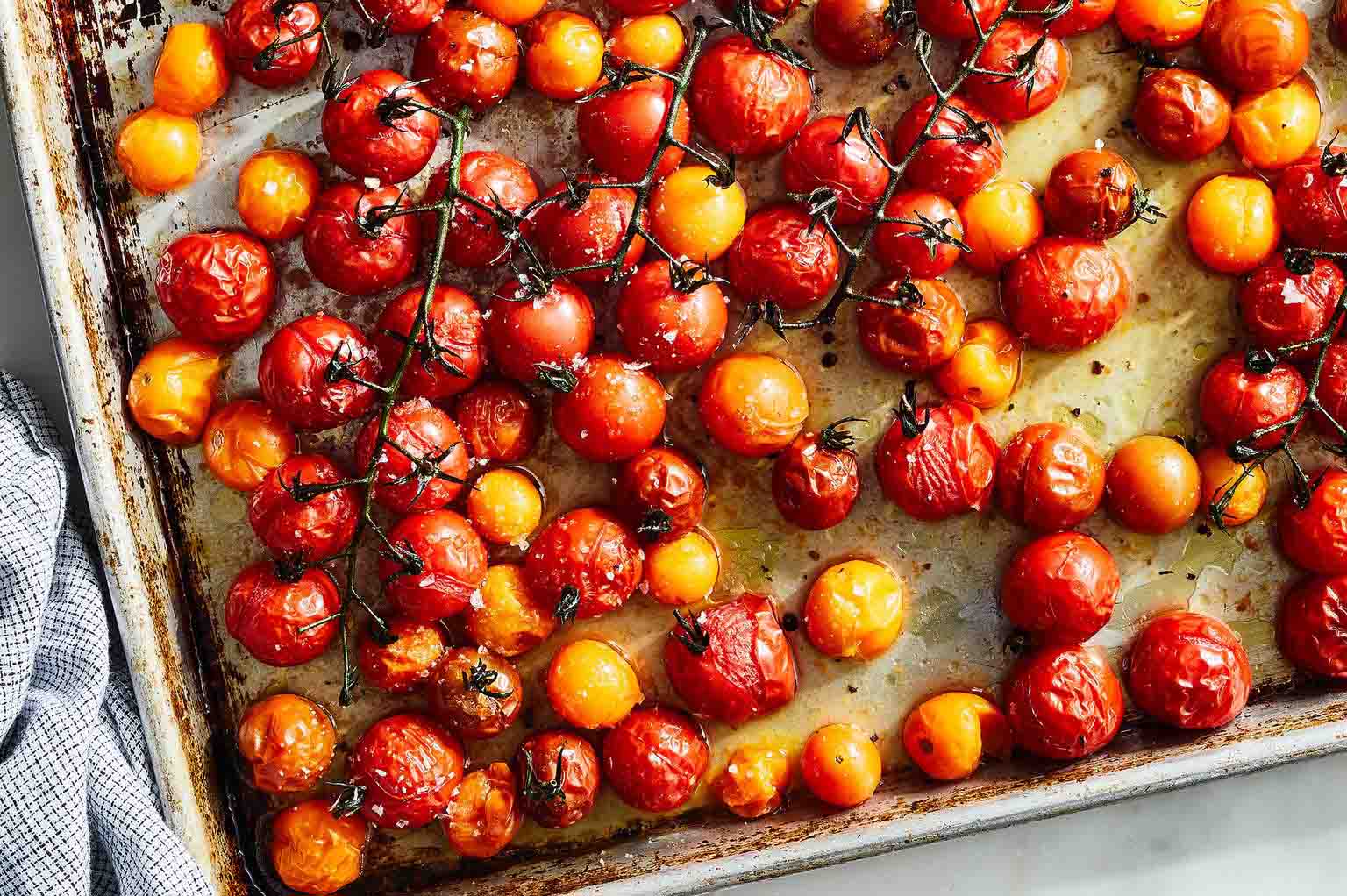
Cherry tomato morphological characteristics
The root system of the cherry tomatoes is developed, the regeneration ability is strong, and the plant growth is strong. The leaves are odd-pinnate compound leaves with many and thin lobules. Due to the small seeds, the first pair of cotyledons and a few true leaves are slightly smaller than ordinary tomatoes.The diameter of the virgin fruit is about 1 to 3 cm, and the color is bright, with red, yellow, green, and other fruit colors. The single fruit weight is generally 10 to 30 grams. The fruit of cherry tomatoes is mainly spherical, with a sweet taste, seedless, good taste, high nutritional value and unique flavor.
Cherry tomato efficacy and role
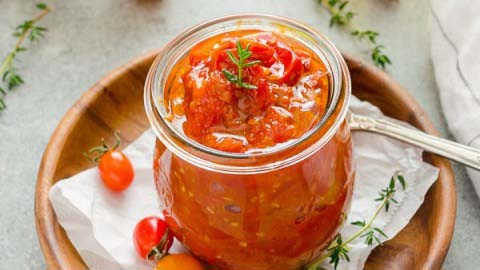
Regular consumption of cherry tomatoes can promote the growth and development of children. It can also enhance the body's resistance and delay aging. Cherry tomatoes can also be used as beauty fruit to reduce wrinkles.
Cherry tomato cultivation
Nursery
Due to the smaller seeds of cherry tomatoes, more attention should be paid to the management of the sowing amount and temperature and humidity. The soil temperature is about 27℃ for germination. After the germination, the soil temperature should be lowered to 20℃. Pay attention to ventilation. When the first true leaf grows and it has not grown to be as big as the cotyledon, it should be moved to the nursery bowl. Promote flower bud differentiation.Fertilize
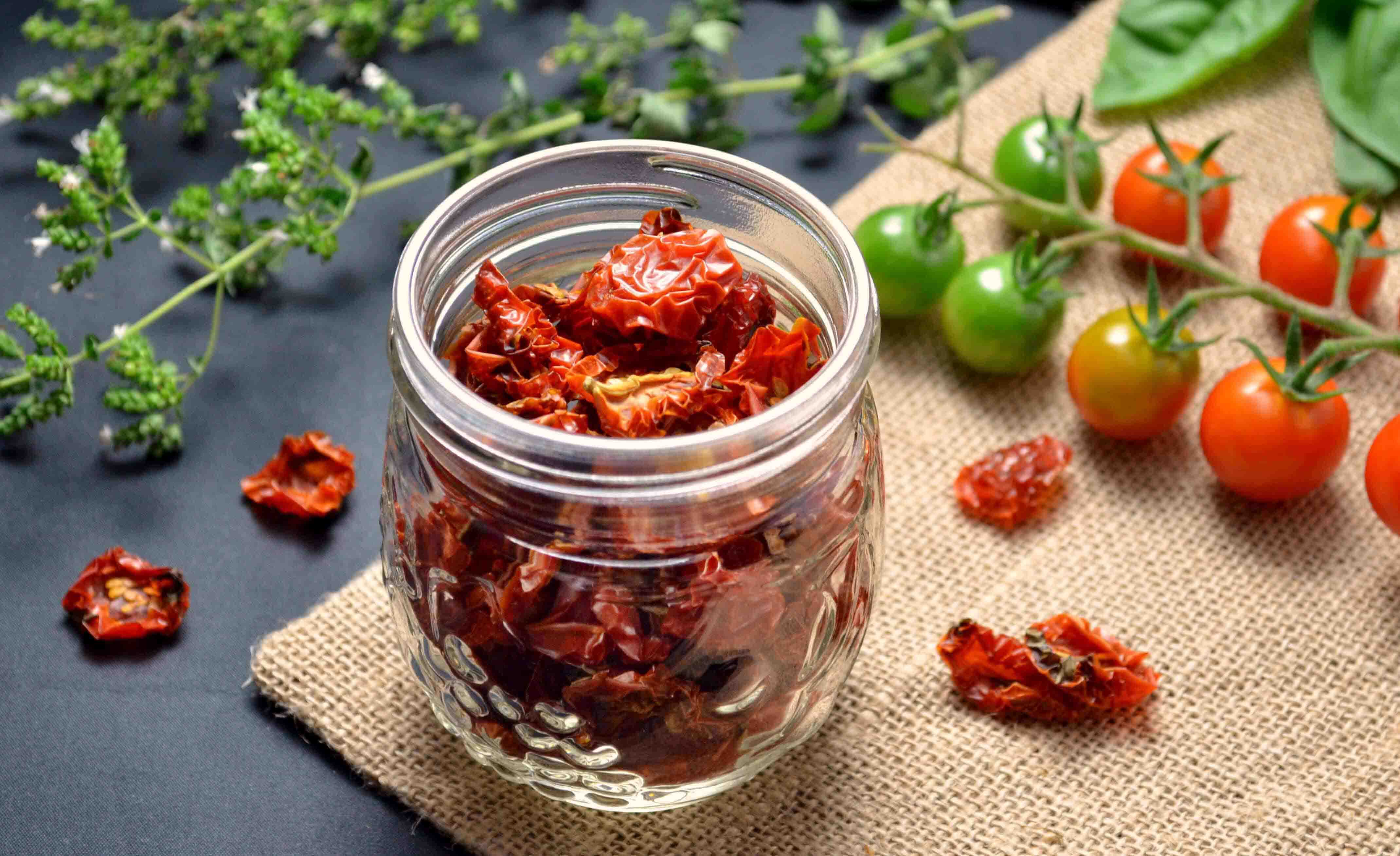
Colonization
It is better to choose the soil with a deep soil layer, convenient drainage, and fertile soil. After soil preparation and fertilization, make 30 cm high borders, each border is planted in double rows, and the plant spacing is 30-45 cm, which is good for pruning. To reduce pests and diseases, control the growth of weeds, prevent fruit rot, keep the fruit clean, and increase the value of goods, the first inflorescence seedlings with buds are generally used as the standard for planting.Pruning
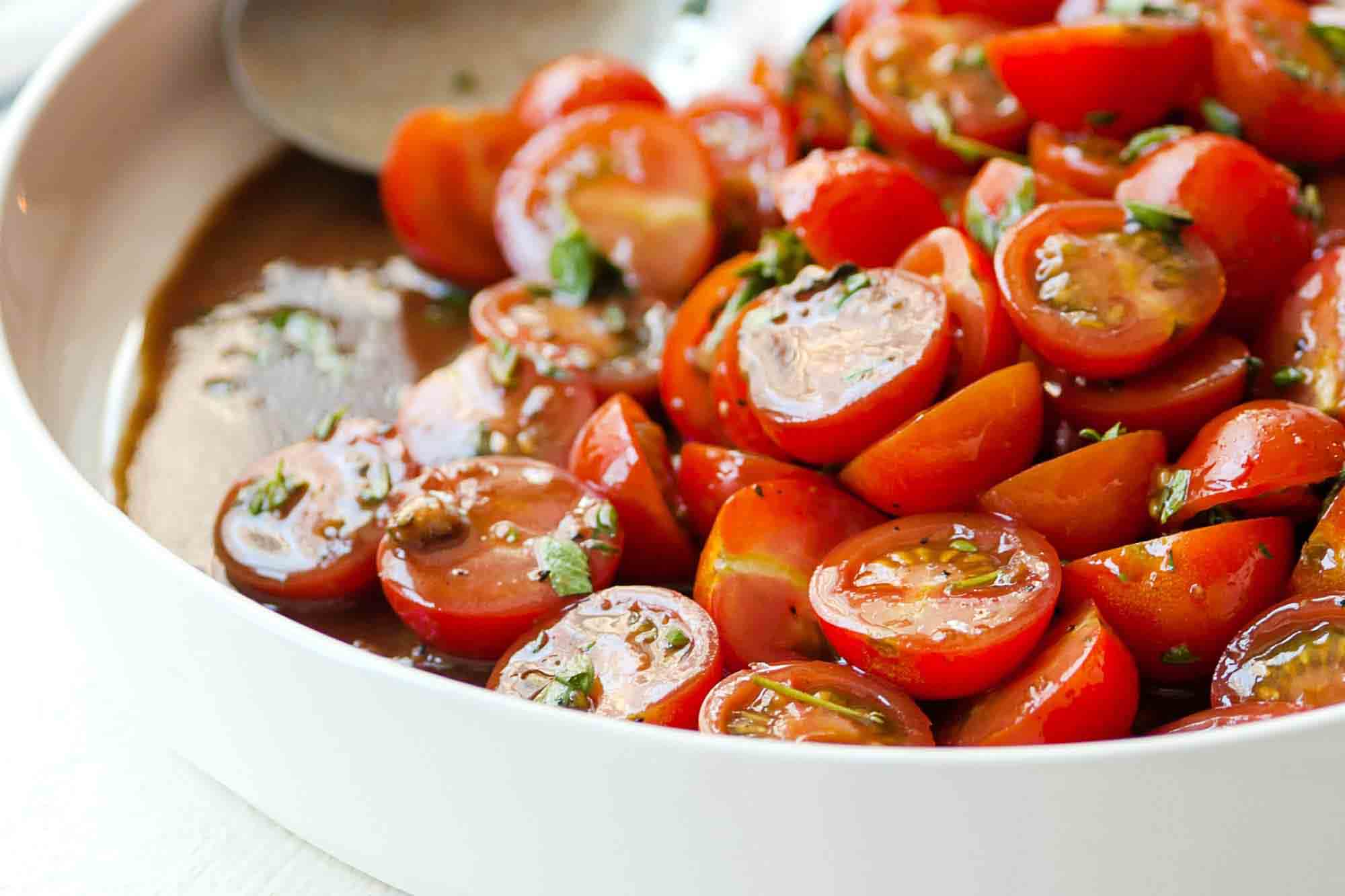
Plucking leaves
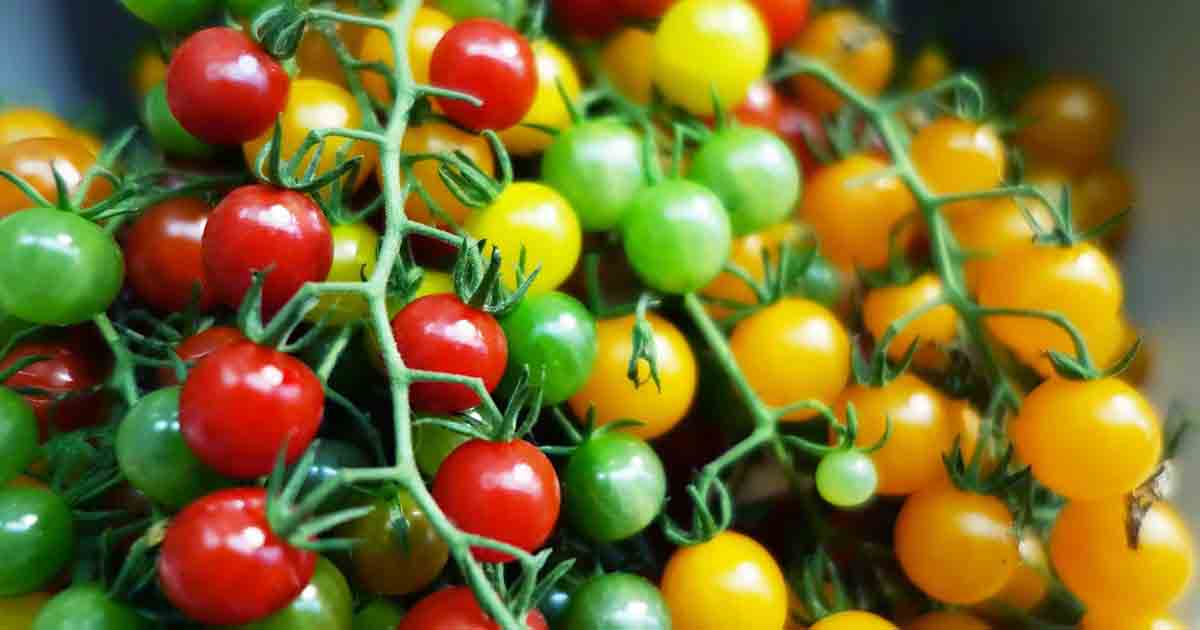
Temperature control
For protected cultivation, the night temperature should be higher than that of ordinary tomatoes to improve the quality, and the management target should not be lower than 9~10℃. If the temperature is too low, the fruit color and meat quality of the cherry tomatoes will deteriorate. At room temperature of 25°C, ventilation should be started during the day. Ideally, the temperature should not exceed 35°C. In the afternoon, the window should be closed when the temperature drops below 20°C.Latest Updated
- Benefits of Bugleweed - 7 Science-backed Health Benefits
- Bugleweed Dangers & Side Effects - Is It Poisonous?
- How to Plant Evergreen Trees - What You Should Know
- When to Plant Evergreens - Grow Guide for Evergreen Trees
- 12 Wonderful Evergreen Shrubs for Your Garden
- 12 Popular Evergreen Plants with Pictures for Beginners
- When And How To Prune A Lilac Bush Like a Pro
- How to Grow & Care for Lilac Vine (Hardenbergia Violacea)
- Japanese Lilac Tree (Syringa Reticulata) Care & Propagation Guide
- Shumard Oak Pros and Cons - What to Know
Popular Articles
- Winter maintenance of Antirrhinum Majus
- How to Grow Terminalia Mantaly Tree
- How to Grow and Care for Crossostephium Chinense
- How to grow Antirrhinum Majus in spring
- Peristeria Elata (Dove Orchid) Profile: Info & Care Guide
- Underwatered Snake Plant (Sansevieria Trifasciata) - Signs And How To Fix
- How to Care for Brazilian Jasmine Plant (Mandevilla Sanderi)
- How to Grow & Care for Graptopetalum Purple Delight in Summer
- Rosa Chinensis (China Rose): Plant Growing & Care Tips
- How to Care for Baby Sun Rose (Aptenia Cordifolia)